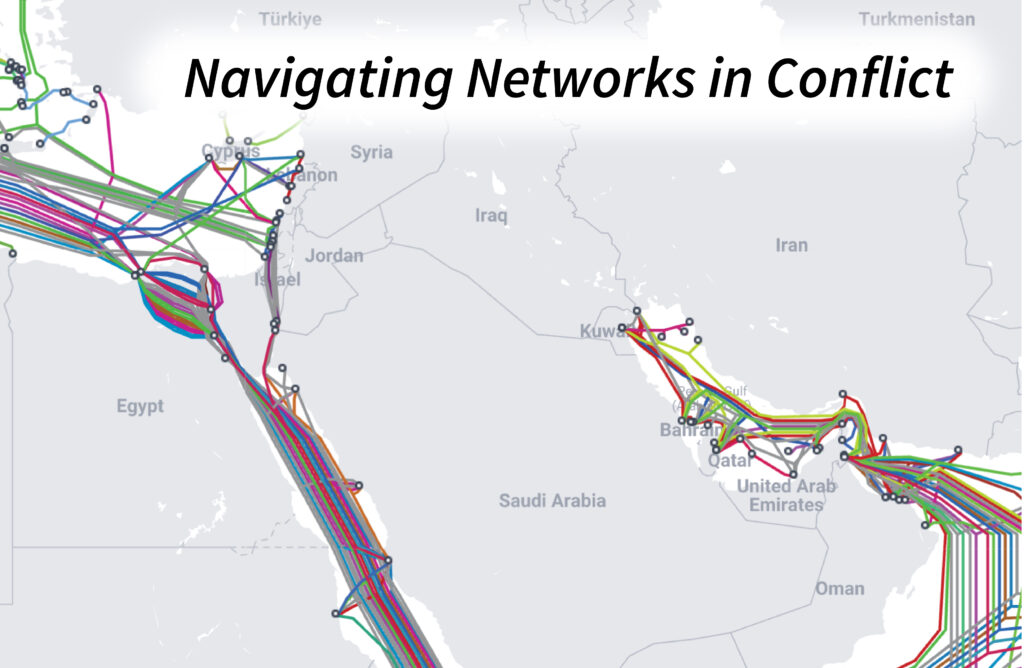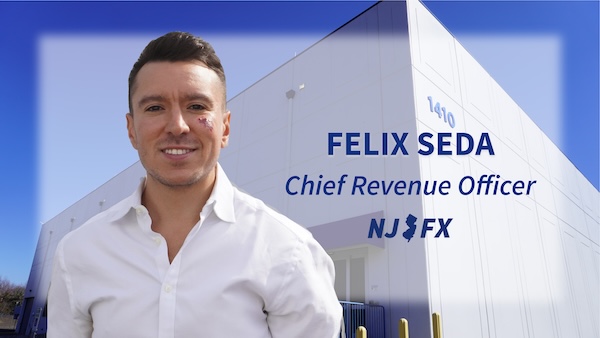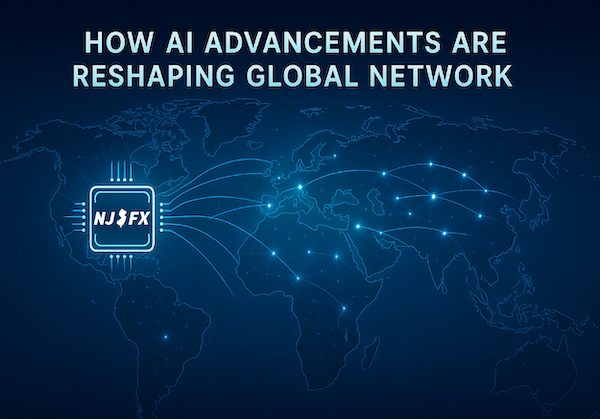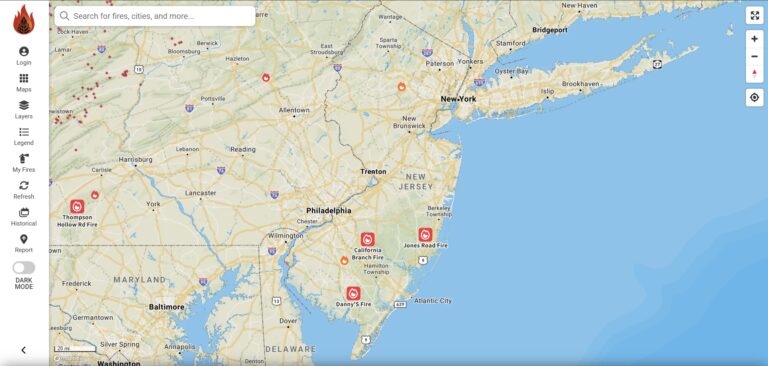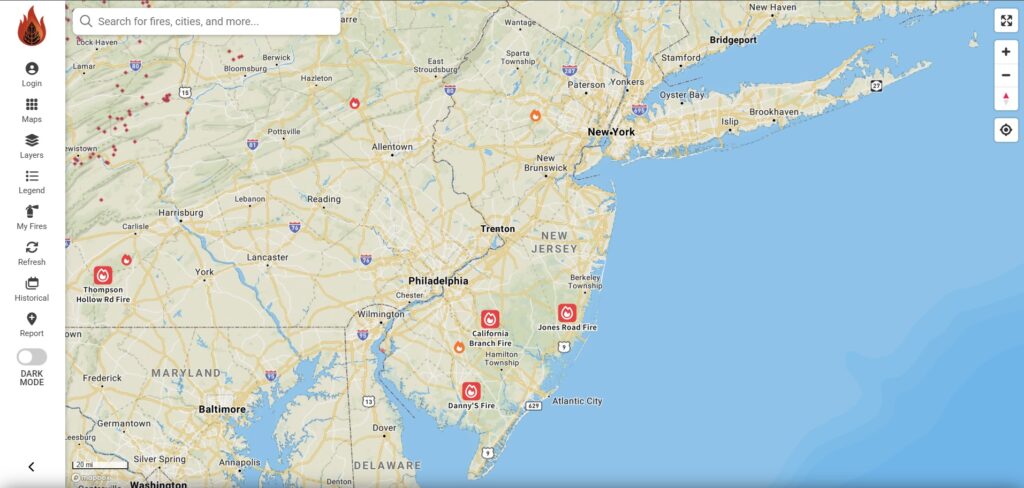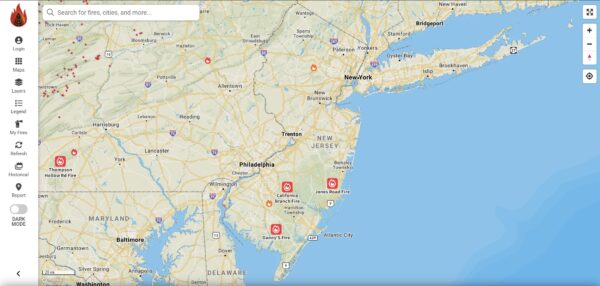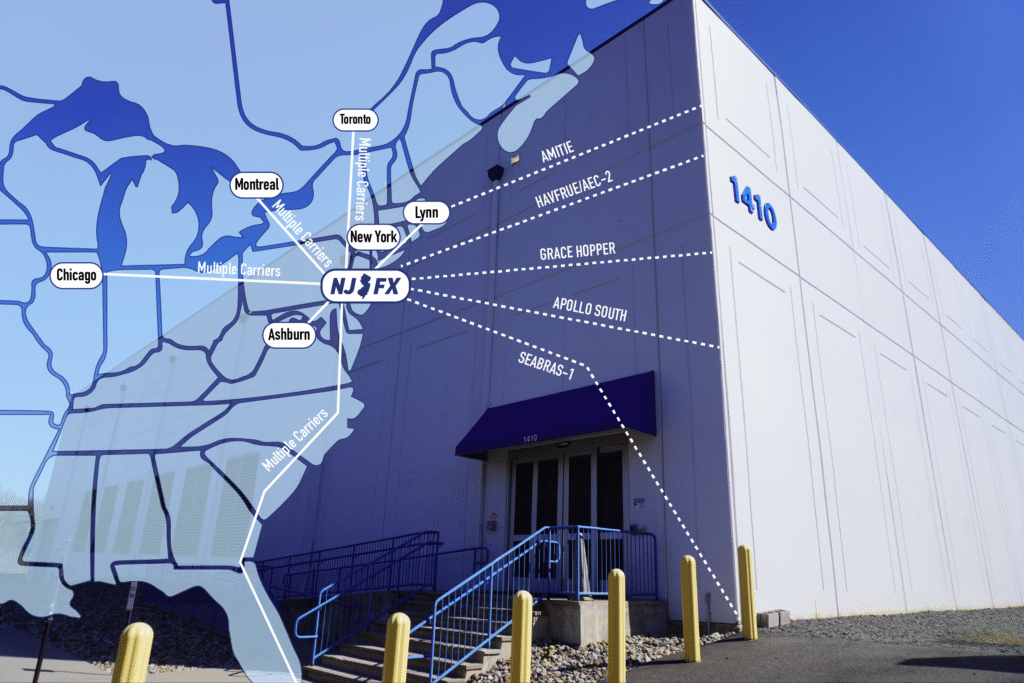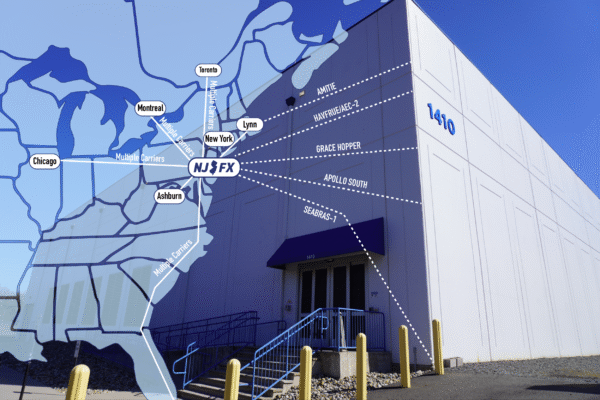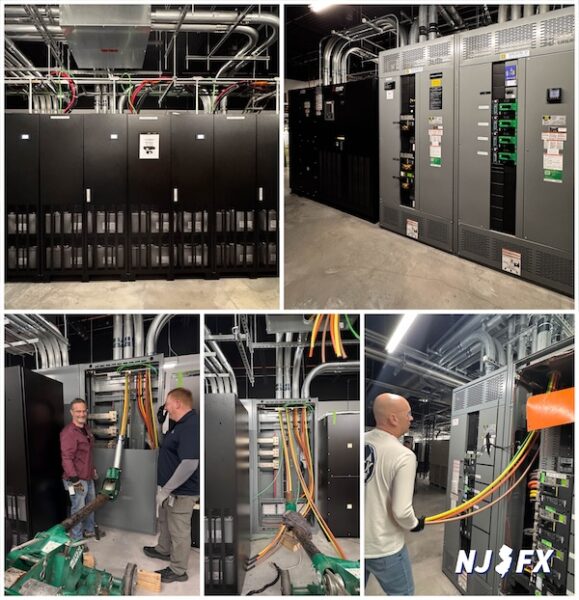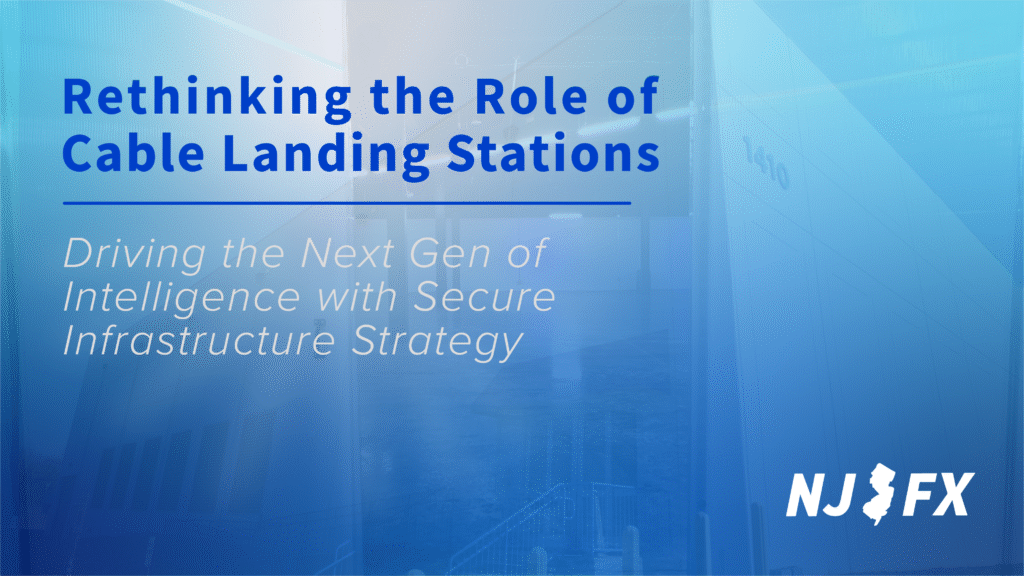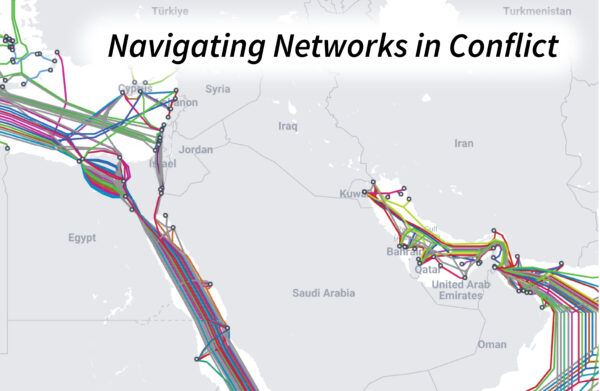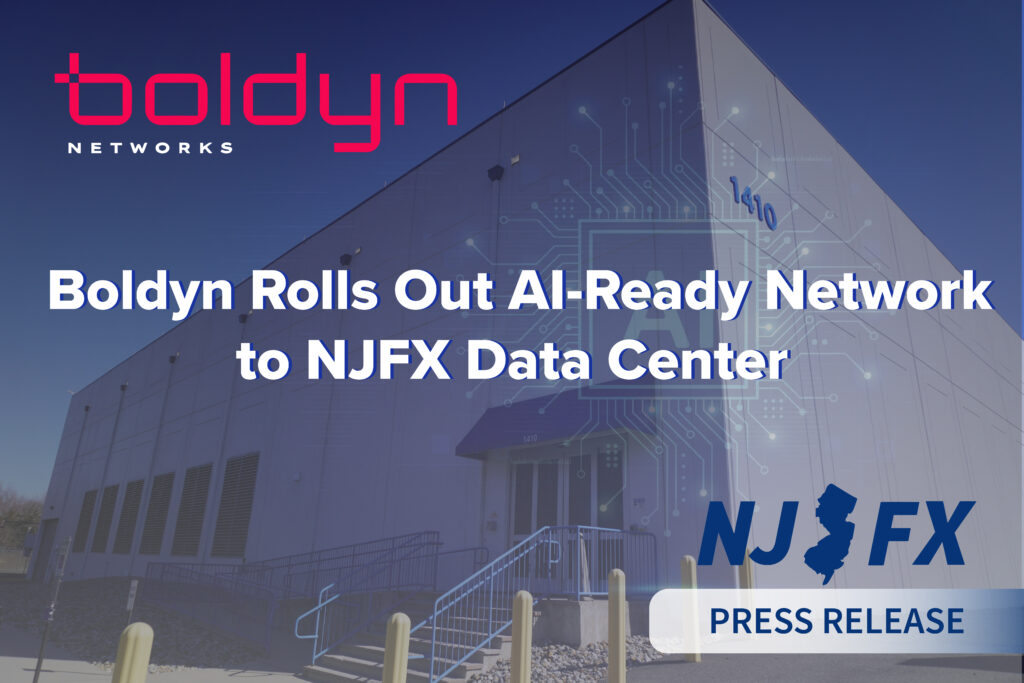Navigating Networks in Conflict
Navigating Networks in Conflict
How Geopolitical Conflict Is Disrupting Connectivity—and What NJFX Is Doing to Keep Networks Resilient

The global economy relies on the efficiency of subsea cables where fiber optic links power the world’s internet, cloud, and financial organizations. Last year, we witnessed how quickly this critical infrastructure can be disrupted as sabotaged cable cuts in the Baltic Sea raised red flags across Europe. These unfortunate events serve as a stark reminder that the world’s digital backbone is vulnerable not just to wear and tear, but to geopolitics. The world is once again reminded that digital infrastructure is not immune to the pressures of global conflict.
This year, the escalating war between Israel and Iran has expanded beyond physical battlefields and into the digital domain. Both nations known for cyber warfare capabilities are weaponizing connectivity. Iran’s response to anticipated Israeli cyberattacks was swift and sweeping a near-total internet blackout imposed in early June. According to Cloudflare, Iran’s internet traffic dropped by approximately 97% compared to normal levels, cutting off tens of millions of people from access to information and communication. While much of the global economy remained online, this event demonstrated just how easily connectivity can become collateral damage in geopolitical conflict.
The Middle East plays a critical role in global telecommunications, serving as a key corridor for subsea and terrestrial cables connecting Europe, Asia, and Africa. With networks dependent on major subsea systems routed through politically sensitive areas including the Suez Canal and the Persian Gulf, any conflict in the region threatens the stability of global network operations.
What’s happening today is not without precedent. This dual front – cyber and physical – makes one thing clear: telecommunications networks can no longer rely on conventional routing through high-pressure geopolitical zones.
At NJFX, we’ve long prepared our customers with diverse, resilient network options regardless of rising global tensions. Blue-sky planning isn’t just part of our strategy. It is essential for ensuring our customers have access to the most unique and secure routes available for their critical infrastructure.
In early 2024, during our Critical Infrastructure Forum, NJFX convened over 30 executives and network leaders to examine global network risks, including the over-reliance on subsea cables transiting through Egypt and the vulnerability of legacy metro chokepoints. That foresight is proving essential now, as the Israel-Iran conflict adds a new layer of volatility to an already fragile global infrastructure map.
The industry must act with urgency. The internet has become a weapon, a shield, and a lifeline all at once. Building secure, resilient, and redundant infrastructure is no longer optional. It’s a requirement.
NJFX is leading the way providing insight into diverse global routes, minimizing exposure to global flashpoints, and supporting high-performance workloads from AI to finance that rely on constant connectivity. In today’s interconnected world, digital infrastructure doesn’t just carry data. It carries economies, diplomacy, security, and access to truth.
Latest News & Updates
Stay informed with the latest press releases, industry news, and more.
Navigating Networks in Conflict Read More »

